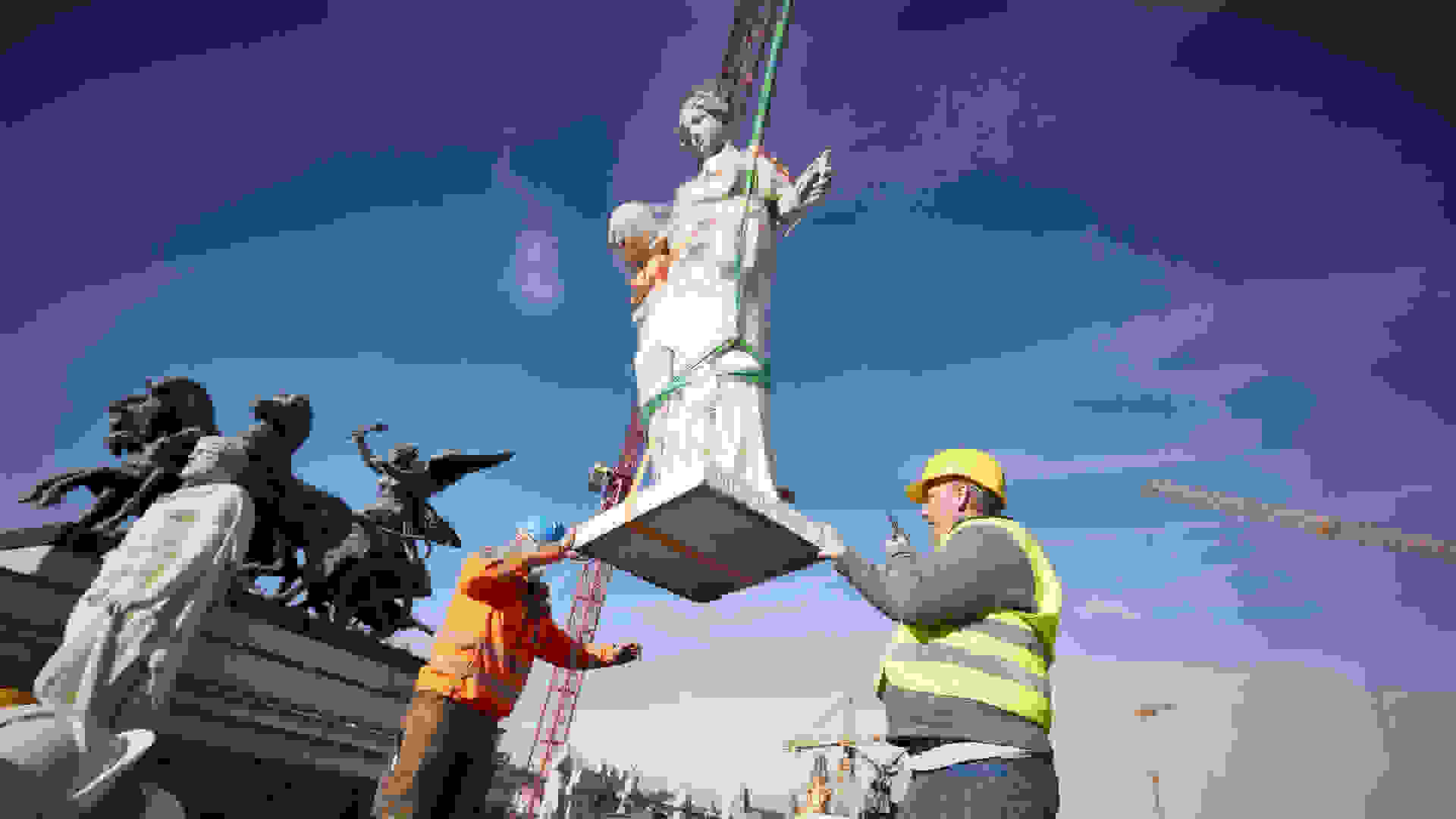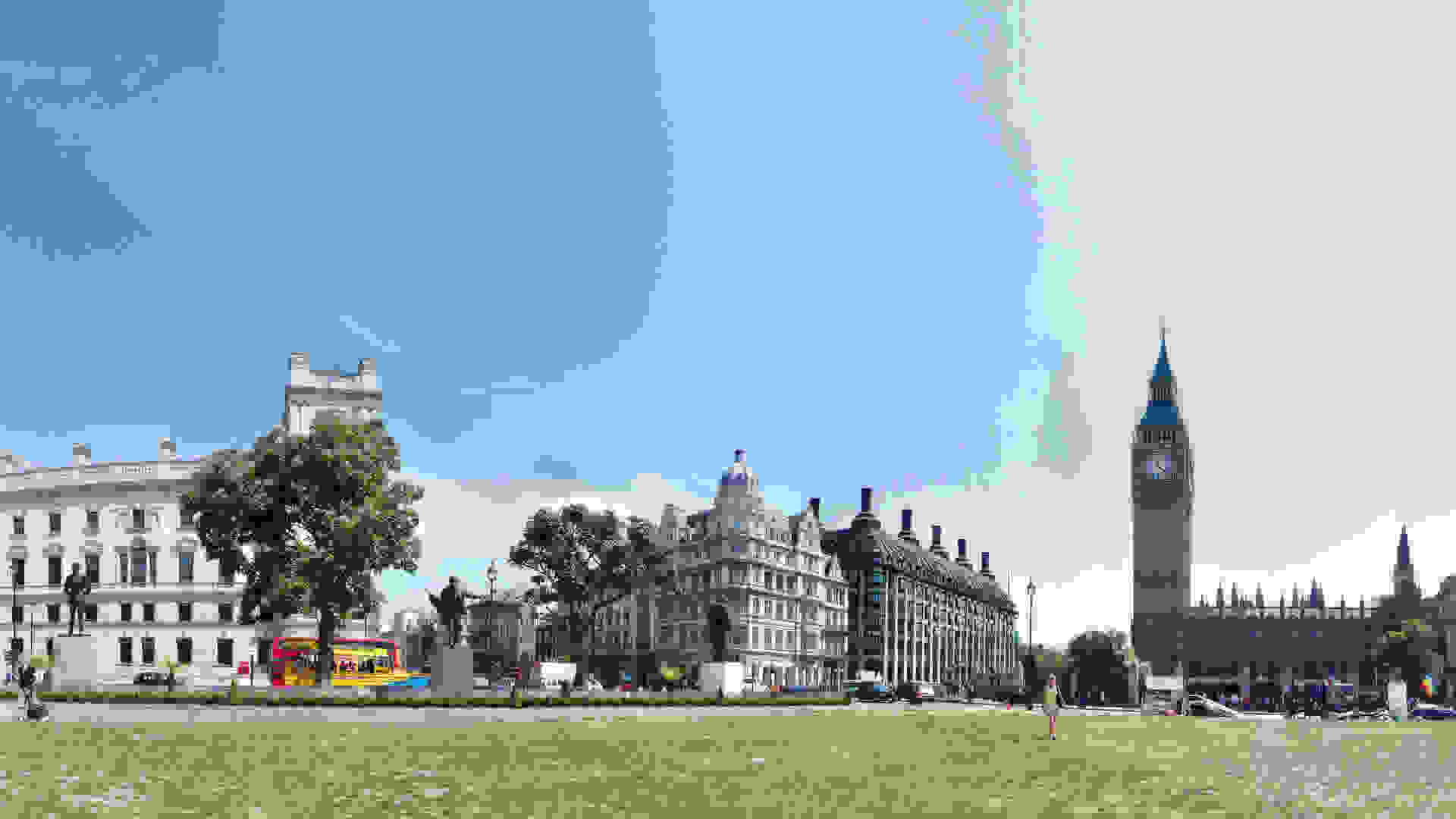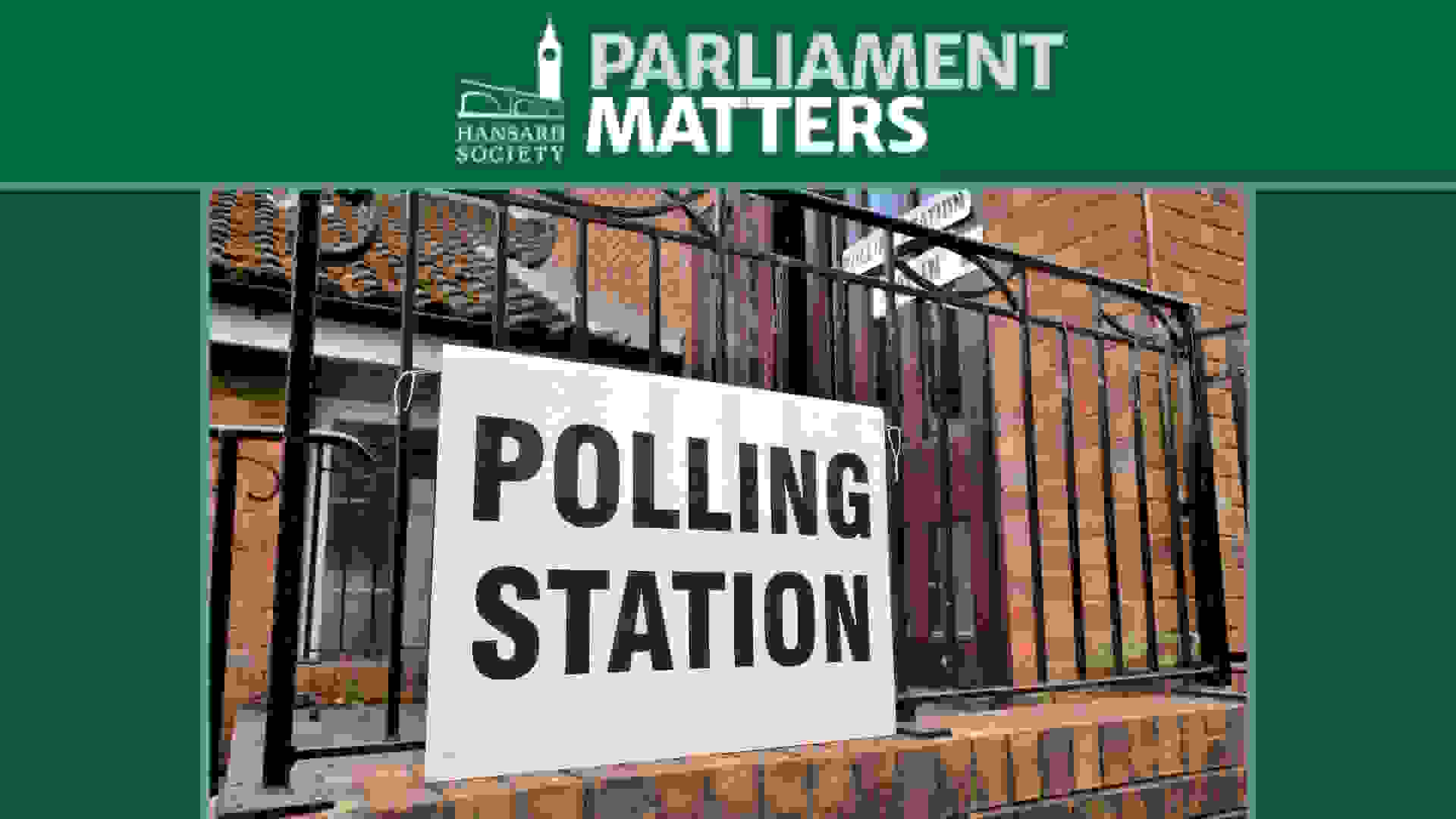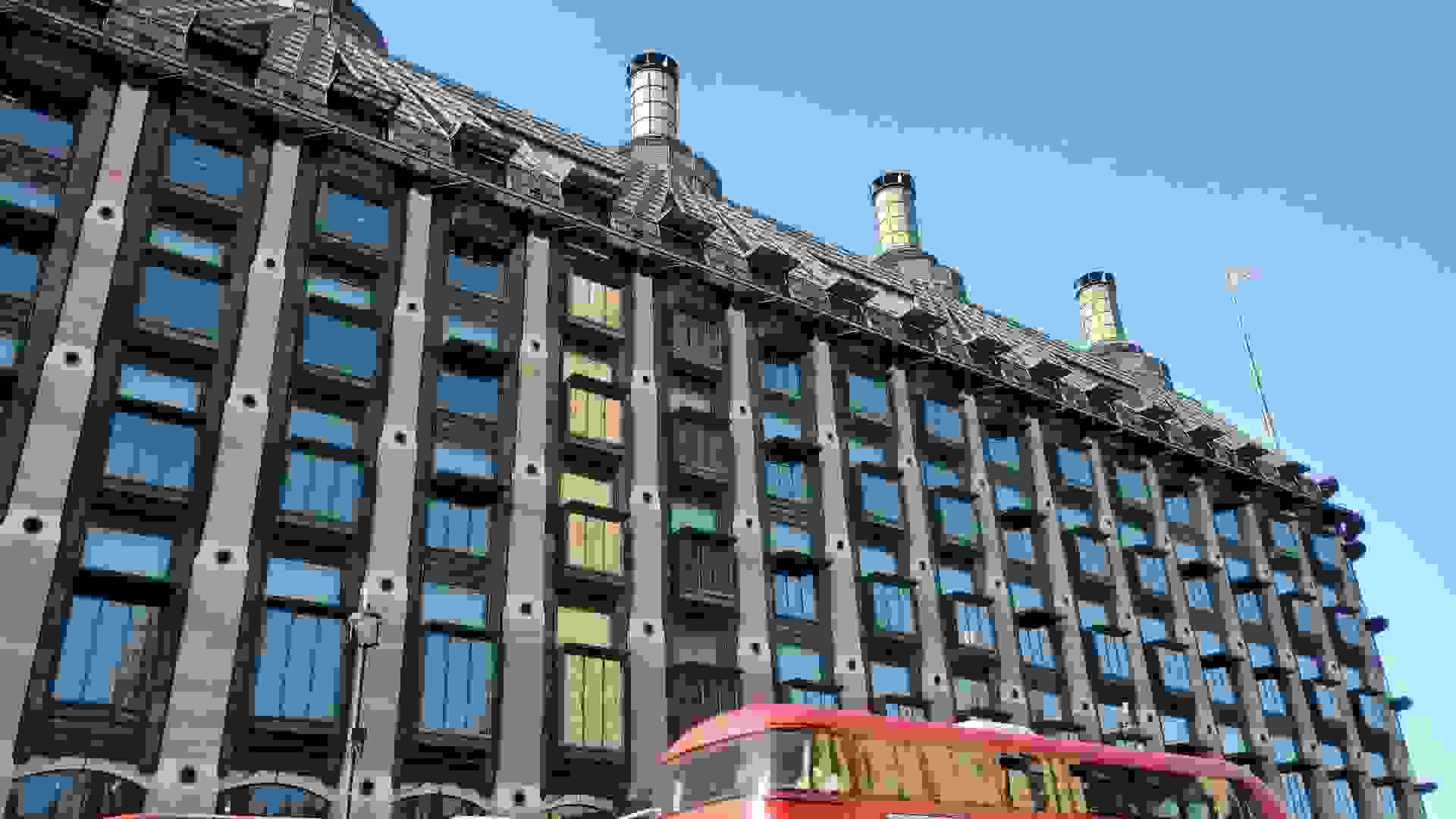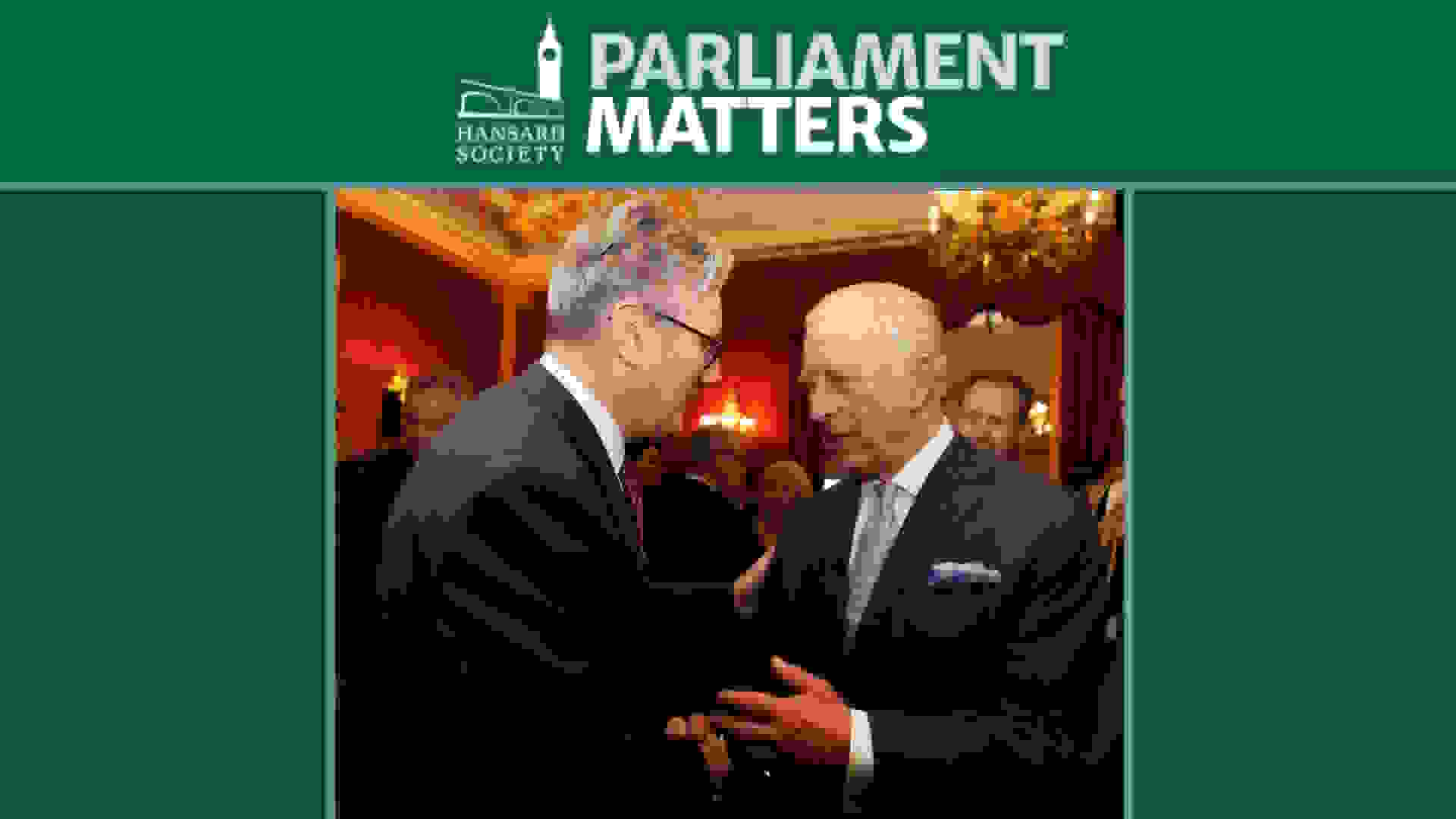Blog / The Austrian Parliament’s successful renovation
Austria’s Parliament moved back into its fully renovated building at the start of 2023, less than six years after it moved out wholesale in Summer 2017. The renovation project, which was managed by parliamentarians and the Parliamentary Administration, overran original plans in terms of both costs and time, but it seems to have enjoyed notable levels of cross-party consensus and public support.
